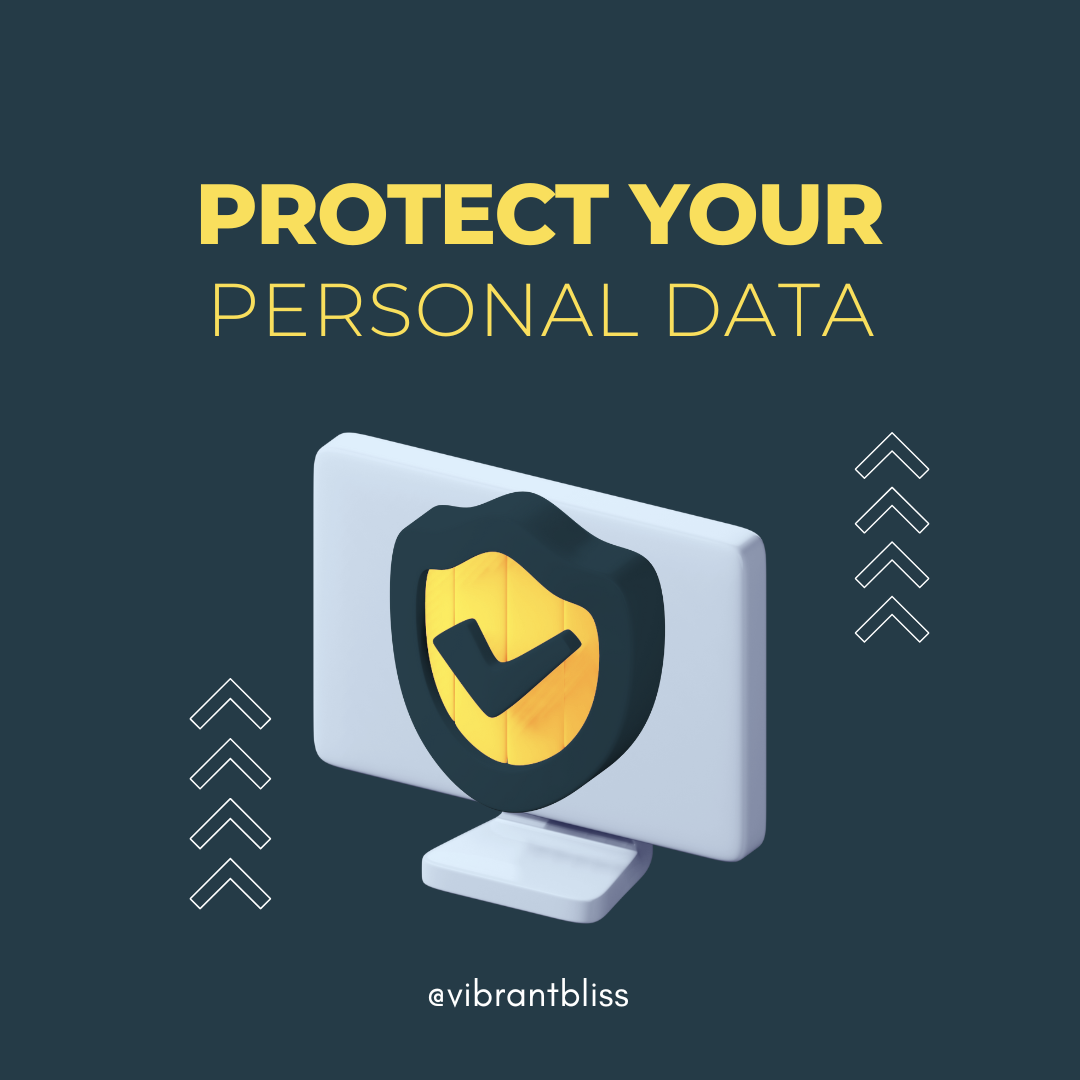🛡️ The Ultimate Guide to Writing a Privacy Policy for Your Website
📢 Introduction
Do you have a privacy policy on your website? If you’re collecting user data—whether through contact forms, cookies, or analytics—you legally need one.
A privacy policy isn’t just a formality; it’s a vital part of your website’s credibility and compliance with global laws like GDPR and CalOPPA.
- ✅ What a privacy policy is.
- ✅ Why your website needs one.
- ✅ Key elements to include.
- ✅ How to make it SEO-friendly and legally compliant.
📝 What is a Privacy Policy?
A privacy policy is a legal document that outlines:
- What personal data you collect.
- How you collect, store, and process that data.
- Why you need the data (e.g., analytics, marketing, payments).
- How users can opt-out or manage their data preferences.
In short, it tells your visitors: “Here’s what we collect, why we collect it, and how we’ll keep it safe.”
🌟 Why Your Website Needs a Privacy Policy
1. Legal Compliance
Global laws require websites to have a privacy policy if they collect any personal data:
- GDPR (EU): Strict rules on data protection and user consent.
- CalOPPA (California): Transparent data disclosure for California residents.
- COPPA (USA): Special rules for sites collecting data from children under 13.
2. Build Trust with Users
A clear privacy policy reassures visitors that their data is handled responsibly. Trust leads to:
- Higher conversions
- More newsletter sign-ups
- Increased engagement
3. Compliance with Third-Party Services
If you use tools like Google Analytics, MailChimp, or Stripe, they require your website to have a valid privacy policy.
📚 Key Elements of a Privacy Policy
1. Who You Are
State your website name and contact information.
2. What Data You Collect
List data types: Name, email, IP address, payment info.
3. How You Collect Data
Explain methods: Forms, cookies, analytics tools.
4. Why You Collect Data
Reasons: Analytics, marketing, fraud prevention.
5. Cookies and Tracking
Explain cookie usage and opt-out options.
6. Third-Party Services
Disclose third-party services used (e.g., Google Analytics).
7. Data Retention
Explain how long data is retained.
8. User Rights
Access, correct, or delete personal data.
9. Data Security Measures
SSL encryption, access controls, regular audits.
⚙️ Best Practices for an SEO-Friendly Privacy Policy
- ✅ Use clear, simple language.
- ✅ Optimize URLs (e.g., /privacy-policy).
- ✅ Make it easily accessible via a footer link.
- ✅ Keep it up-to-date annually.
- ✅ Add an explicit consent checkbox.
🌍 Global Privacy Regulations to Consider
- GDPR (EU): Explicit consent, data access rights.
- CalOPPA (California): Clear disclosures, homepage link.
- COPPA (USA): Parental consent for children under 13.
🔄 Keep Your Privacy Policy Updated
Update your privacy policy whenever you change data collection methods or tools. Notify users of updates and request renewed consent.

